Hey guys, Im Spragg, I do deep dives into various different coins/tokens on youtube (SpraggTalksMoney), I thought since I’ve already written the scripts for my video anyway I’d post the summary on here too.
If anyone’s interested in the full un-summarized version the link is here: https://youtu.be/j5cEdmAeICU
Preface
In the top 40 tokens ranked by market cap only 6 aren’t on Ethereum, with those being on the Binance smart chain, but this makes sense, if you were opening a shop in real life, you’d want to do it where the people are, and not in the middle of the countryside. Ethereum, while long maintaining it’s position as the largest smart contract chain does have its problems, those being gas fees and congestion.
This means that while anything built on Ethereum gets the benefits of decentralisation and security, it inherits those problems too.
DEXs are in my opinion though are some of the most important aspects to the free trade of crypto, allowing for swapping between any on chain, or wrapped asset, but if you wanted to perform a trade on uniswap now you’d be paying well over $150 in fees.
And this is where loopring comes in, aiming to not only solve these existing problems and provide a completely new take on how DEX’s should function.
Foundation
Like a lot of the current markets most promising protocols, Loopring, created by Daniel Wang an ex google software engineer, first appeared in the form of an ICO in the 2017 bull run raising 45 million. Unfortunately, Daniel and his team are based in Shanghai, and as we all know China loves to flip flop on their crypto regulation, coming out with new laws outlawing ICO’s forcing the Loopring Foundation to refund most of the funds earnt. However, from the ICO there was 20k Ethereum not refunded, which at the time was worth around 7.5 million, and with this they forged on with the creation of the Loopring protocol.
Unlike a lot of projects in the crypto space that start their marketing extremely early to try and hook investors sometimes before the product even has a working first version, Looping’s focus was on creating the product and then letting it sell itself. Arguably had the market not become so crowded with people almost acting like salesmen trying to shove any half-baked crypto project down people’s throats this strategy probably would’ve worked.
This isn’t to say that the company isn’t starting to move towards providing a greater feature set such as Ethereum virtual machine compatibility but given how tight lipped they’ve been on the topic shows that they don’t want this to dominate the narrative of what the platform actually currently does.
Loopring Protocol
Loopring aims to give anyone the tools to build their own DEX but without needing to go through any of the problems in actually starting a DEX, Loopring is to decentralised exchanges what the Tendermint SDK is to Proof of stake. Its certainly not the only way to do it, but it cuts out a large portion of the groundwork required.
At the core of Loopring is a Zero Knowledge Proof rollup layer built on top of the Ethereum base chain, since not many people know what this actually is or entails, I thought Id briefly explain it.
The Zero Knowledge proof is not unique to crypto, it in fact pre-dates it by over 25 years, and is a cryptographic protocol that allows a party to prove that a statement is true to a recipient party, what makes it significant though is that the recipient party doesn’t need to be privy to any potentially secret information that goes into proving the statement.
Think of it like a magic trick, if a magician said he could predict the suit and number of a card we will draw from a deck of cards, and then proceeds to do it and get it right, we can assume that it wasn’t just sheer luck, and that he can in fact do what he says he can, but we as the second party have no idea how the trick was done.
So when we apply this to crypto we get the ability to prove to the base chain that something happening on a side chain or layer 2 is verifiably true, which as we all know is extremely important in a trustless environment like a blockchain.
So now we move onto the rollup part, on the base chain, in this case Ethereum, a transaction is a single monetary transfer from a to b, this means that to process 100 transfers, you need 100 transactions.
A much more efficient way of doing this would be to process 100 transfers and put them all through at once under a single transaction. The problem with doing this however is the blockchain can only verify the transaction and not data within the event log of the transaction and so in this case it would assume the 100 transactions are all invalid and reject them unless it could be proven otherwise.
So, to combine this all together, a zkRollup works by performing transactions off chain, and then submitting them back to the main chain as a single transaction with the proof required to confirm that what happened off chain still conforms to the base chain’s rules, and that they’re all valid transactions so that the base chain can process them accordingly as though it had done the work itself.
This technology is what Loopring uses along with Relayers to allow anyone to create a DEX and keep gas fees low.
At the core of everything is the loopring relayer. The relayer is in charge of virtually everything in the ecosystem, from generating the proofs, building blocks, matching orderbooks and more.
The loopring protocol will work with any relayer, however there is currently a single canonical relayer being used which is run by the Loopring foundation, now I do have some concerns about this which I will, as usual, cover at the end, but all you need to know is that the Loopring protocol is entirely non-custodial.
Token Supply and Distribution
There’s currently 1.2 billion LRC in circulation, which is 100 million less than the max supply of 1.3 billion which is due to the fact that a portion of the supply has been burnt.
Any operation the loopring protocol will incur a fee, same as performing any action on the blockchain, in the case of Loopring this is just 0.3% of the transaction value, where 0.2% is returned to the liquidity providers as incentive and 0.1% goes to the loopring DAO.
The use of the LRC value held by the Loopring DAO is voted on, with the options for its use being grants to incentivize partnerships, impermanent loss protection, liquidity incentives on top of the 0.2% fee, and then finally burning LRC.
Concerns
Firstly, despite the protocol being Relayer agnostic, that is to say that anyone can build a relayer and start to perform network actions, the only current Relayer operated by the Loopring foundation. This unfortunately does mean that there’s a centralised aspect to the network as it currently stands.
Now, hopefully I’ve done a good enough job of explaining why this isn’t an immediate red flag for the platform, given that the entire point is to be non-custodial and have layers on layers of protocol specifics to ensure that control is always entirely in the user’s hands, I just personally don’t like the fact that the security of an investment into LRC would depend on the Loopring foundation upkeeping that relayer.
And my second concern is to do with marketting.
As it stands currently loopring has $450m locked within the contract, which for a project sitting at 2.1 billion market cap is lower than I would’ve expected. Take Curve for example, which is sitting only 100 million dollars higher in market cap but has over 20 billion dollars locked by it’s contract on Ethereum alone.
This on its own might not be cause for concern but the DEX created by the Loopring foundation was born out of being unable to secure partners to build their own DEX’s and show off the platform. This to me shows that for the platform to survive, more of an emphasis needs to be placed on getting the protocol out into the wider DeFi audience and not just within the retail space where it currently seems to be sitting.
[link] [comments]

You can get bonuses upto $100 FREE BONUS when you:
💰 Install these recommended apps:
💲 SocialGood - 100% Crypto Back on Everyday Shopping
💲 xPortal - The DeFi For The Next Billion
💲 CryptoTab Browser - Lightweight, fast, and ready to mine!
💰 Register on these recommended exchanges:
🟡 Binance🟡 Bitfinex🟡 Bitmart🟡 Bittrex🟡 Bitget
🟡 CoinEx🟡 Crypto.com🟡 Gate.io🟡 Huobi🟡 Kucoin.
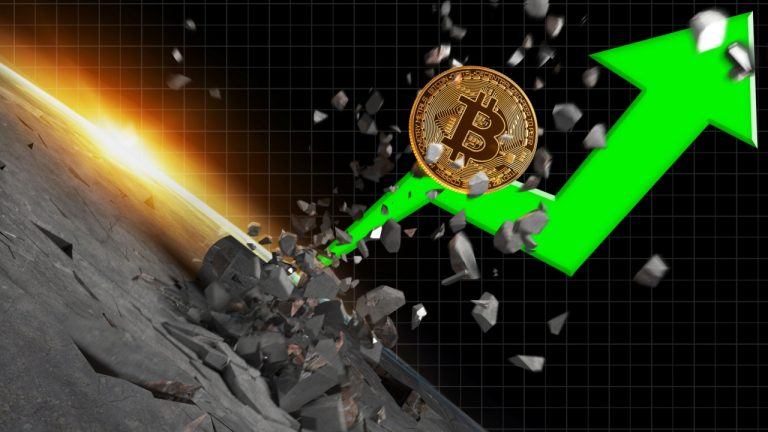


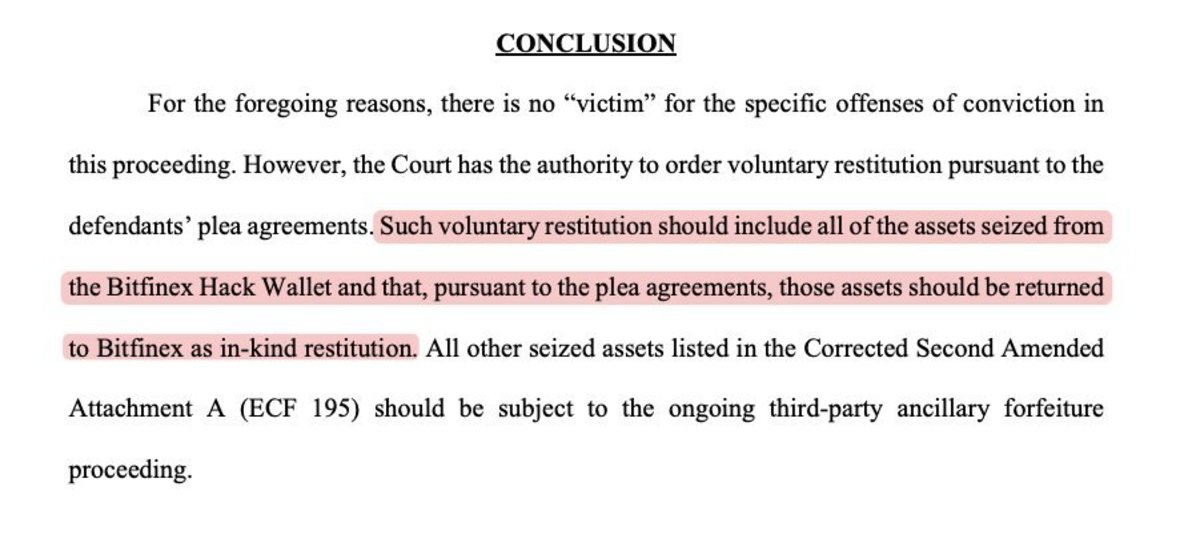
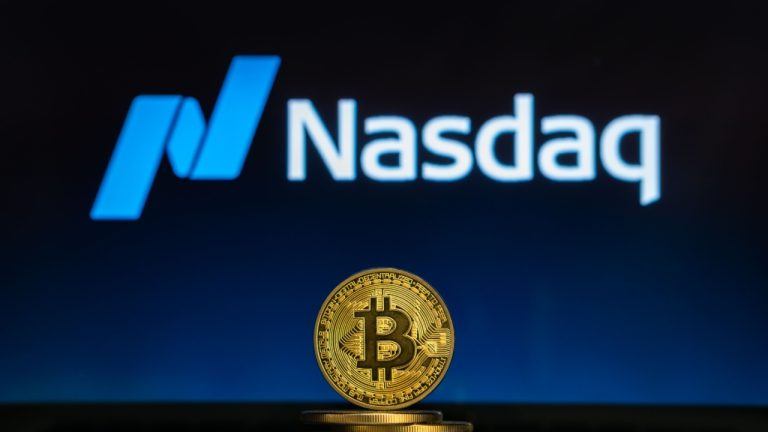



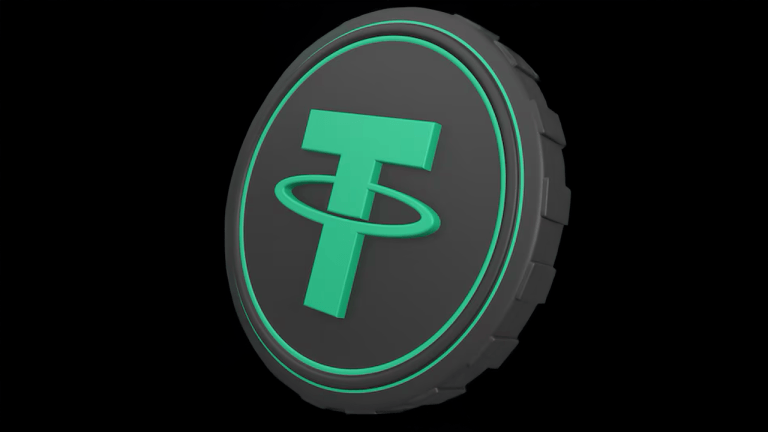

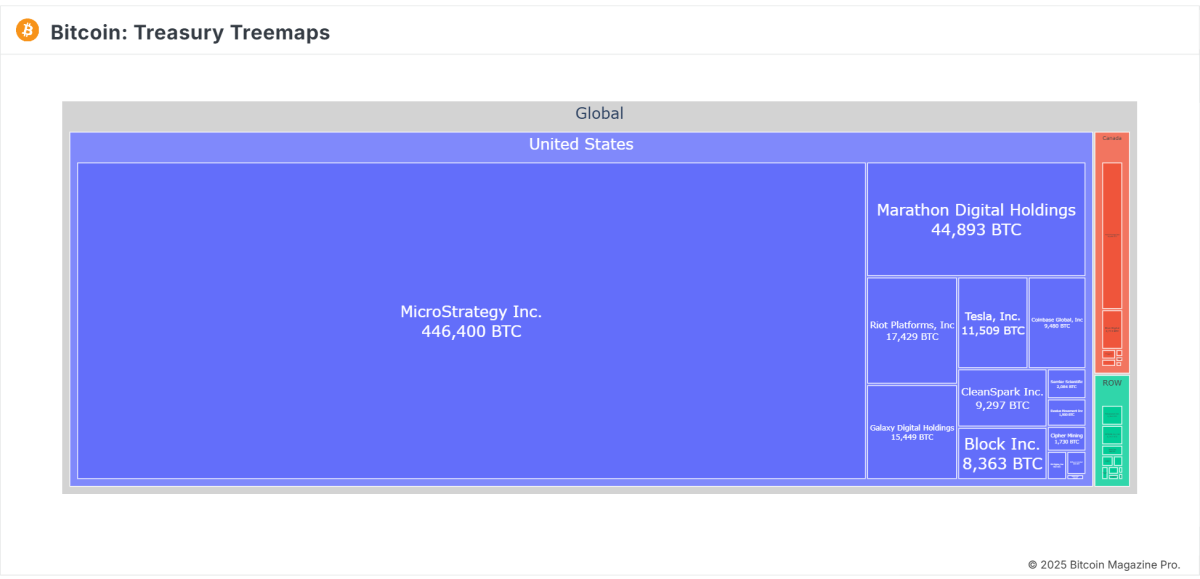
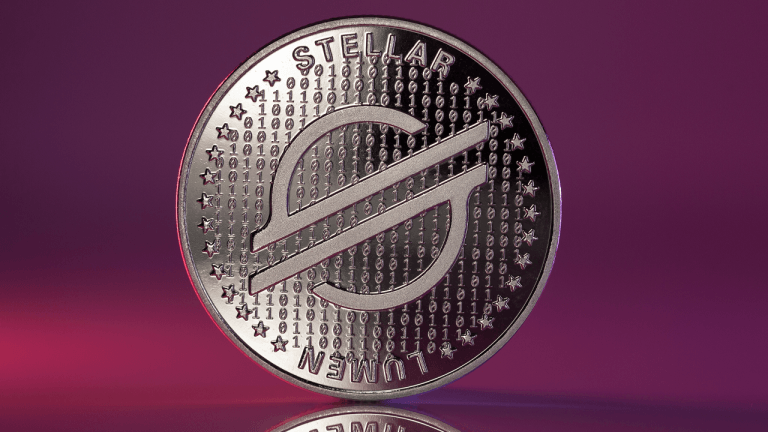


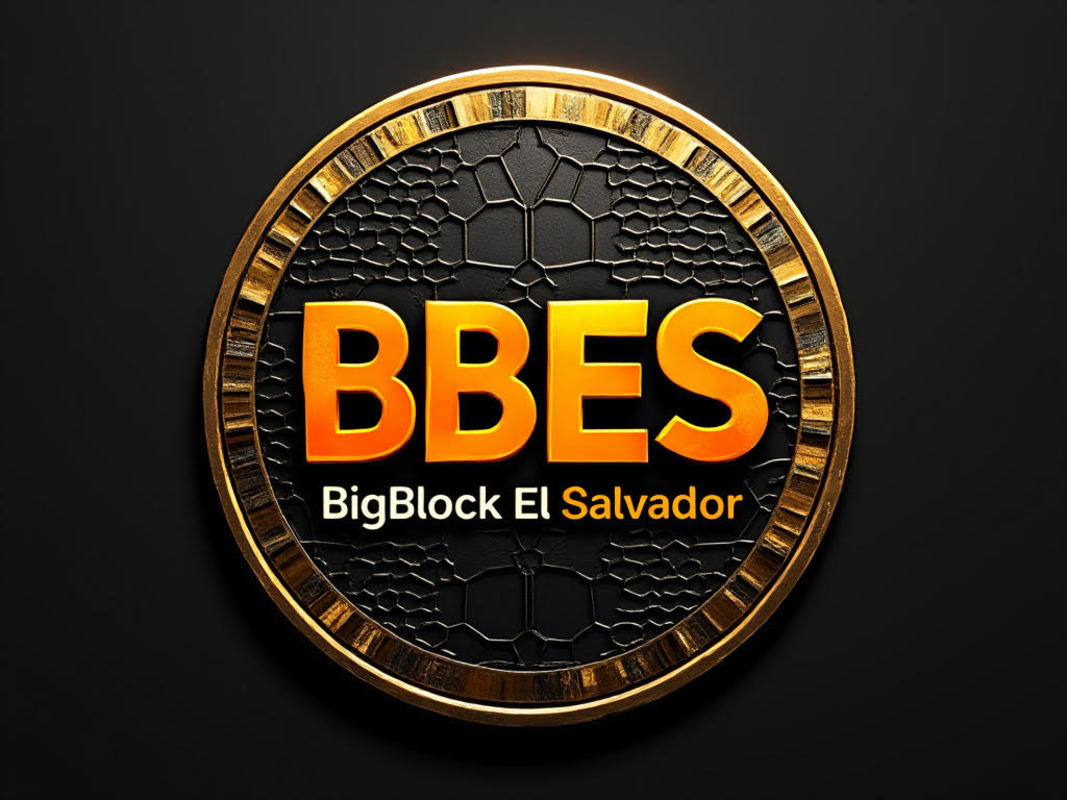

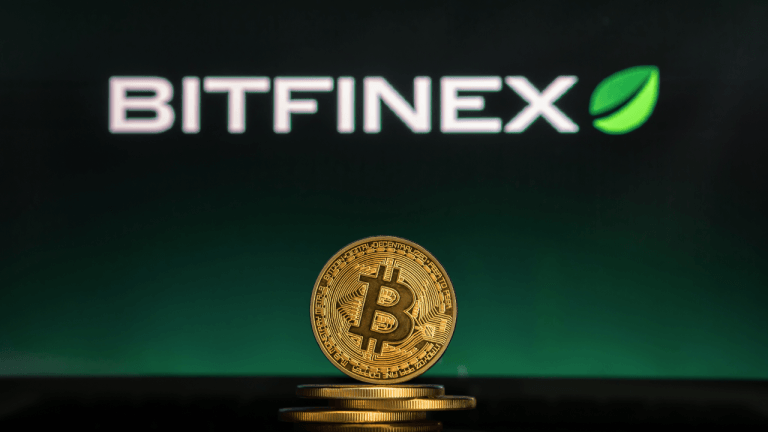



Comments